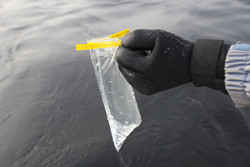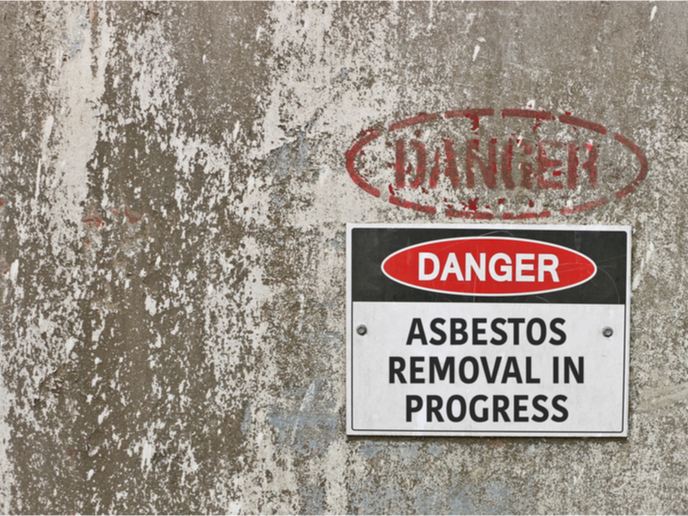Natural sensors identify endocrine disruptors
Many compounds released into the environment, whether man-made or natural, are toxic to living organisms. Endocrine-disrupting compounds (EDCs) and polycyclic aromatic hydrocarbons (PAHs) are among these and have been associated with disruptions in reproduction as well as induction of cancer. Detection of these contaminants at food or water production facilities before they enter the supply chain is critical for public and environmental health. Conventional detection methods require sending a sample to a lab. Analysis can be slow and expensive and is obviously dependent on trained personnel. Scientists working on the EU-funded RADAR(opens in new window) (Rationally designed aquatic receptors integrated in label-free biosensor platforms for remote surveillance of toxins and pollutants) project developed a portable and highly sensitive platform for on-site monitoring or spot testing. The platform exploits recombinant oestrogen receptors and aryl hydrocarbon receptors (AhRs) that have been designed from receptors of aquatic organisms. It integrates a unique combination of automated filtration, separation and pre-concentration together with surface nano-structuring and chemical modifications of the label-free detection sensors. RADAR's AhRs appear to have the highest known affinity for EDCs. Technological advances have led to unprecedented sensitivity and the possibility of early detection of class-specific compounds. Combined with a wireless communication system, the device represents a world-class platform. This enables robust, specific and sensitive detection of EDCs and PAHs in difficult environments capable of sending an alarm to a remote monitoring station. Results from the new platforms and technologies will contribute to guidelines and recommendations for controlling EDCs in food and water. They will also be used to raise awareness of the issues surrounding EDCs in the general public and positively impact businesses producing food and water.







